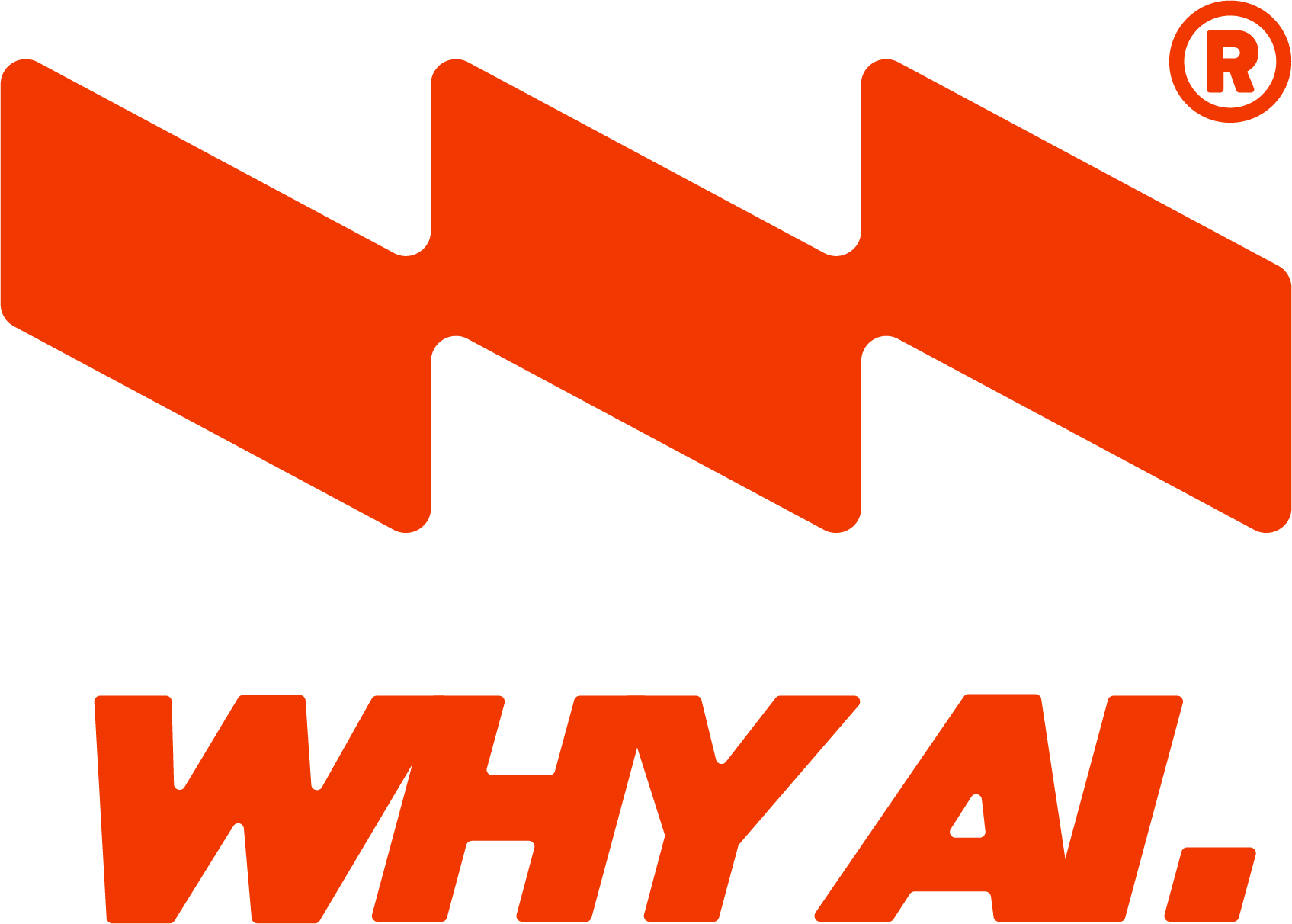Finally, you can get rid of boring and repetitive tasks with AI automation tools. You can use them to move data between platforms, set up automated emails or perform more complex processes such as data analysis and API integrations. In this article, we will look at some of the most popular platforms for automating work with IoT.
Make
Make.com is one of the most popular automation tools for creating workflows with an intuitive drag-and-drop interface. It is a great choice for both beginners and advanced users, as it requires no programming knowledge to use it, but allows the creation of highly flexible workflows.
Make.com is worth choosing because of its graphical interface, which makes it easy to create complex automations, and its wide range of integrations for a wide range of use cases. In addition, Make is flexible, as you can combine several processes in a single flow and apply complex logical rules.
Where to use Make?
- Automation of social networks (e.g. automated posting of content).
- Automation of customer service tasks (e.g. answering queries).
- El. store management (e.g. tracking orders).
Make is an example of the use of social network automation
You can automate your work with social networks so that the IoT tool itself publishes posts to different platforms.
- “In the Google Sheet document, mark all the relevant information for the entries you want. Use two worksheets, one for “publish” and one for “already published” entries.
- The next step is to develop the script. Several modules will be needed to define it:
- “The Google Sheets module gets the current number of rows by taking the value from the cell where the Count function is used.
- “Set Variable” sets a random number between 2 and the current number of rows.
Following the steps in the tool, create the required scenario, which will look something like this:
This will allow make.com to automatically publish entries to selected platforms. For more information, visit the make.com blog.
N8N
If you are looking for a more powerful and more widely applicable automation tool, we recommend the N8N. N8N is an open-source platform that allows you to use code and connect different systems into a single automated process.
Open source solutions make it easier for you to tailor the tool to your needs. Also, N8N has the ability to write JavaScript code, giving you more flexibility than conventional drag-and-drop tools like Make. This platform is ideal for larger businesses as it can be hosted on the business’s own server, providing more privacy and security.
Where is N8N used?
- For automating complex business processes.
- APIs for integrations with specific tools not offered by other platforms.
- For processing and analysing large amounts of data.
Example of how to use N8N – sorting messages
- Connect to the n8n and start connecting applications via nodes. For example, there might be a node for sending emails, updating data in a spreadsheet or getting information from an API.
- Create a workflow. All nodes are connected in a workflow that starts with a trigger (e.g. in this case, a message received). Afterwards, action nodes need to be identified that perform the specified actions.
- Once a workflow has been created, it automatically runs whenever a trigger is activated (e.g. a message is received).
Zapier
Zapier is probably the best known automation tool, especially for those who want to start automating quickly. It makes it easy to connect popular applications and automate repetitive tasks.
As Zapier requires no programming knowledge, the tool is very easy to use. In addition, it’s safe to say that every popular application has a connection to Zapier, as Zapier has more than 5000 integrations. Finally, the tool is quick to set up and takes just a few clicks to create a simple workflow.
Where is Zapier used?
- El. for sending letters under certain conditions.
- for synchronising data between CRM systems.
- For automating simple business processes.
Example of using Zapier – creating website summaries
Zapier can automatically summarise reading material from any website.
- Create a Google Sheets document with two columns: ‘Title’ and ‘Key Takeaways’. This is where your assistant will organise the information.
- Go to Zapier Central and create your own assistant. Come up with a name for your assistant.
In the “Instructions” box, enter “You are a helpful assistant. You will help me summarise content by providing the 5 most important bullet points and the article title.” “In the “Actions” field, add 2 actions: after finding Google Sheets, enter “Create Spreadsheet Row” and another action, “Find Worksheet.” Add the Google Sheet you created as a data source to “Data sources”.
- Add assistant behaviour. At the top of Zapier Central, click on “Behaviors” and then “Create behaviour”.
Select “When I message the assistant” by pressing “+” to make the assistant respond to your command. Enter the phrase “Summarize”.
In the “Instructions to follow” section, enter the command: “When I say ‘Summarize,’ summarize the article you are viewing with the 5 most important takeaways. Be very specific and helpful. VERY IMPORTANT: Each summary should be put into my Google Sheets database. In the database, you should insert: 1) Article title 2) Article summary with the 5 main takeaways.”
Click on “Behavior Actions”, select “Google Sheets” and then “Create Spreadsheet Row”.
- Install the Chrome Extension so you can use Zapier Central on any page you browse.
To use the assistant, go to a random website, select an article and ask the assistant to summarise it.
Apify
Apify is the right choice for those who need to process large amounts of data or are looking for an automated data collection system. It is particularly useful for marketers, developers and businesses that work with data analysis.
Apify has a powerful web scraping feature that easily scrapes data from websites, allowing you to use multiple APIs in one place and manage data exchange more efficiently. In addition, there is a flexible, friendly pricing model available for both small and large businesses.
Where is Apify used?
- Collecting and analysing data from websites.
- For automated monitoring of SEO data.
- For exporting large-scale data to business intelligence tools.
Example of using Apify – for SEO data collection
- Create an Apify account. Once you’re logged in, you’ll see more than 1,000 web automation tools. Choose the right one for your needs.
- Go to the Actors section and click on “Create a new Actor”. Select an SEO data collection tool such as Google Search Scraper or SERP Scraper.
- Set triggers such as Schedule for regular data monitoring or Webhook for real-time data retrieval. Add actions such as Extract SERP Data for keyword position tracking or Analyze Page SEO for technical analysis of your website.
- Choose the Web Scraper actor, which loads the URL in your browser and extracts the data according to your settings.
- In the Input section, select “Basic Configuration”. Change the start URL and Glob patterns to the desired website URL.
- Click “Save and Run” – the data retrieval will start and you can monitor it in the Logs section.
Apify describes more about how to use data collectors.
Airtable
Airtable is both a database and a powerful tool that makes it easy to manage information and connect it to other automation solutions. To give you an idea of what Airtable is all about, it’s like a superior alternative to traditional Excel or Google Sheets.
Airtable is easy to use thanks to its intuitive interface without complicated settings. It can be used in conjunction with Zapier, Make or N8N as mentioned above, and is suitable for both small and large teams, allowing real-time collaborative information management.
Where is Airtable used?
- Project management and data analysis.
- For automated handling of customer enquiries.
- For content planning and management.
Example of using Airtable – project management
- Log in to Airtable and create a base – click “Add a base” or start from the template/CSV file.
- Select the table and click on “Views”, then select the desired view (Grid, Gantt, Kanban, etc.). You can rename and customise each view, e.g. hide columns, create categories (swimlanes).
- Sort, group and filter data.
- Click on “Share”, enter your email address and select an access level to share your project with colleagues.
Once you’ve learned how to use Airtable, you’ll probably never want to go back to Excel again!
How to choose the right tool?
If you want a simple and visually appealing solution, choose Make, and if you need more technical options, the N8N will give you more programming freedom. Meanwhile, if you are looking for a quick start without programming knowledge – Zapier is the best choice, and if you are working with large amounts of data – Apify will fit the bill for data capture and integration. Finally, if you’re looking for a user-friendly database or a smarter, AI-enriched Excel – Airtable will help you manage your information efficiently.
Automation tools not only help you save time but also help you manage your business processes more efficiently. Read more about this in the article “How to apply and automate artificial intelligence in business?” Now all you have to do is choose the right tool and start automating your processes! If you want to learn more about how to apply AI, try Why AI AI training.

